T4K3.news
Rabbits with hornlike growths in Colorado
Scientists say the hornlike growths come from Shope papillomavirus and are not a danger to humans

Rabbits in Fort Collins display hornlike growths caused by Shope papillomavirus, a mostly harmless infection that does not spread to humans.
Colorado Rabbits Grow Hornlike Growths From Common Virus
A small group of cottontail rabbits in Fort Collins, Colorado, has attracted attention for hornlike growths on their faces. Scientists say these growths come from Shope papillomavirus, a virus that produces wartlike protrusions and is typically not dangerous to humans or pets. The virus spreads between rabbits but not to other species, and the horns can form when the warts grow longer. The growths do not harm rabbits unless they cover the eyes or mouth, and rabbits usually clear the infection, after which the growths disappear.
News about the Fort Collins sightings has drawn attention online and in local media. The virus behind the horns has a long history, dating to the 1930s when Dr Richard E Shope identified it in cottontails at The Rockefeller University. The disease has influenced folklore, contributing to stories like the jackalope, and it also helped scientists understand links between viruses and cancer.
Key Takeaways
"The growths resemble warts but can look like horns if they grow longer."
Appearance of the growths described by experts.
"The virus can spread from rabbit to rabbit but not to other species, including humans and pets."
Transmission limits noted by authorities.
"Rabbits’ immune systems are able to fight the virus and, once they do, the growths will disappear."
Outcome for infected rabbits.
This story shows how wildlife disease can capture public imagination. The nickname frankenstein bunnies reflects a mix of horror tropes and curiosity, while science provides reassurance about safety. It also highlights how historical research, dating back to Shope in the 1930s, still informs today’s understanding of viruses and cancer. The piece raises a chance to educate the public without amplifying fear.
At the same time, there is a risk of sensationalism when oddities go viral. Focusing on hornlike appearances can distract from the broader lessons about wildlife health, transmission dynamics, and the value of scientific literacy in interpreting strange wildlife features. A calm, fact-based approach helps readers see the science behind the spectacle.
Highlights
- Hornlike growths tell a science story, not a horror tale.
- Folklore meets biology in Fort Collins today.
- A virus from the 1930s still teaches us about cancer.
- Rabbits fight the infection and the horns fade away.
Curiosity about wildlife can be a doorway to understanding biology, not a gateway to panic.
Enjoyed this? Let your friends know!
Related News
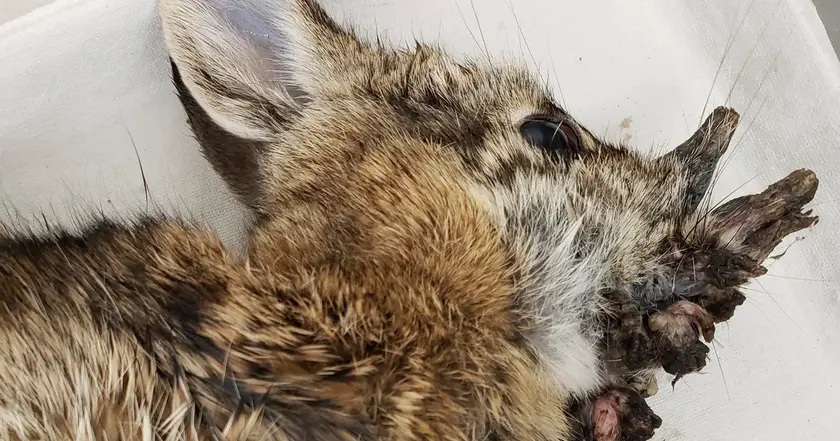
Colorado rabbits grow hornlike growths from a common virus
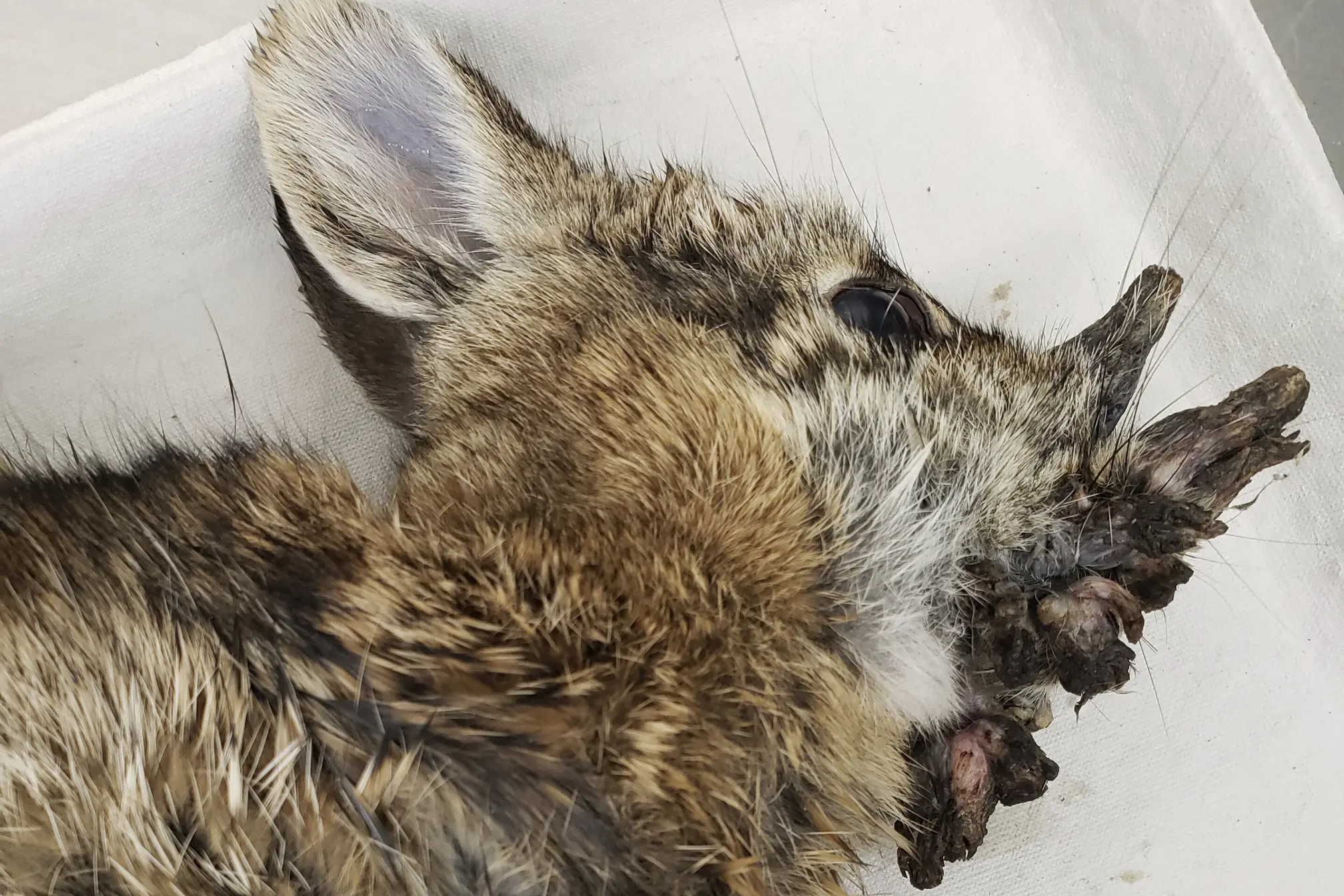
Colorado rabbits show hornlike growths linked to a common virus

Wildlife health update from Colorado
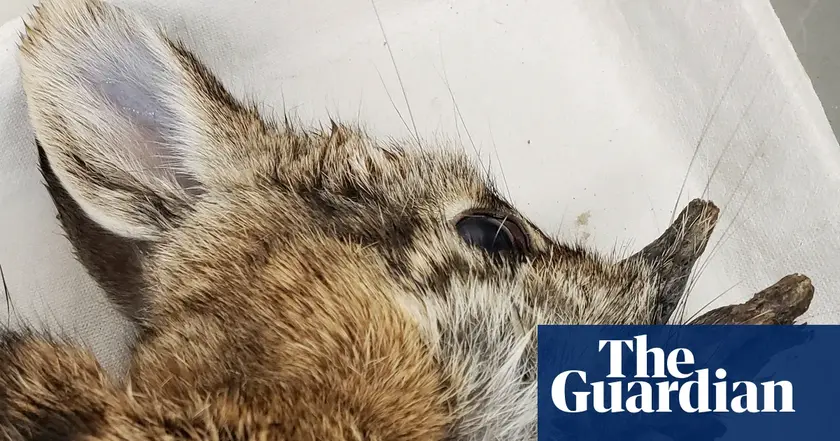
Demon rabbits not dangerous
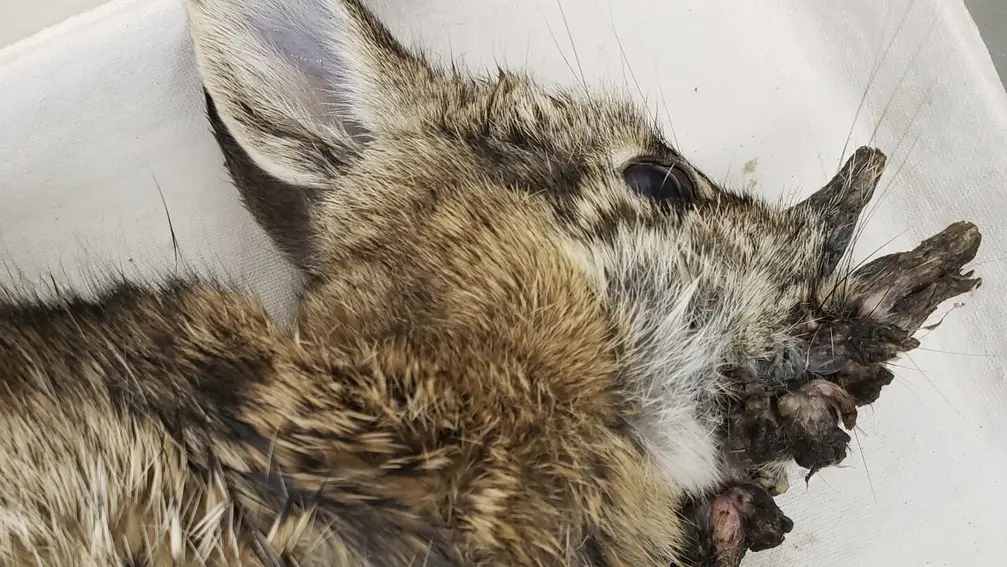
Horned rabbits in Colorado confirmed
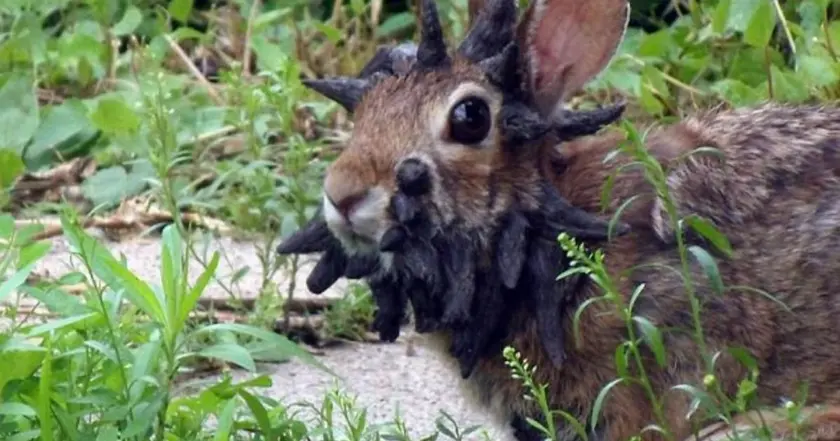
Virus turns CO rabbits into horned Frankenbunnies
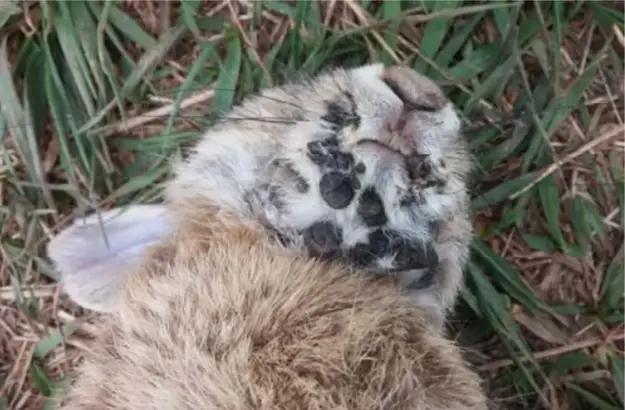
Rabbits in Fort Collins show tentacle growth linked to rabbit papillomavirus
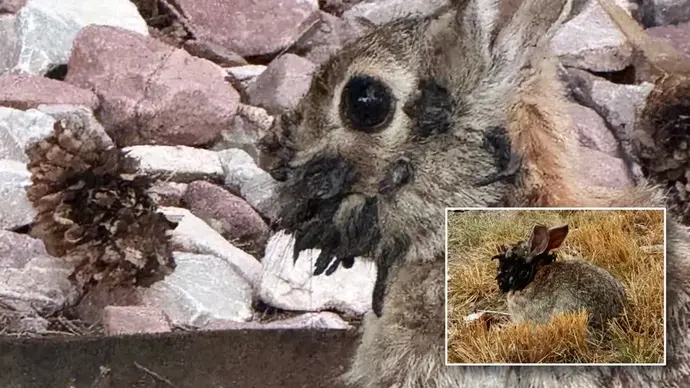
Rabbits in Fort Collins Develop Tentacle Like Growth
